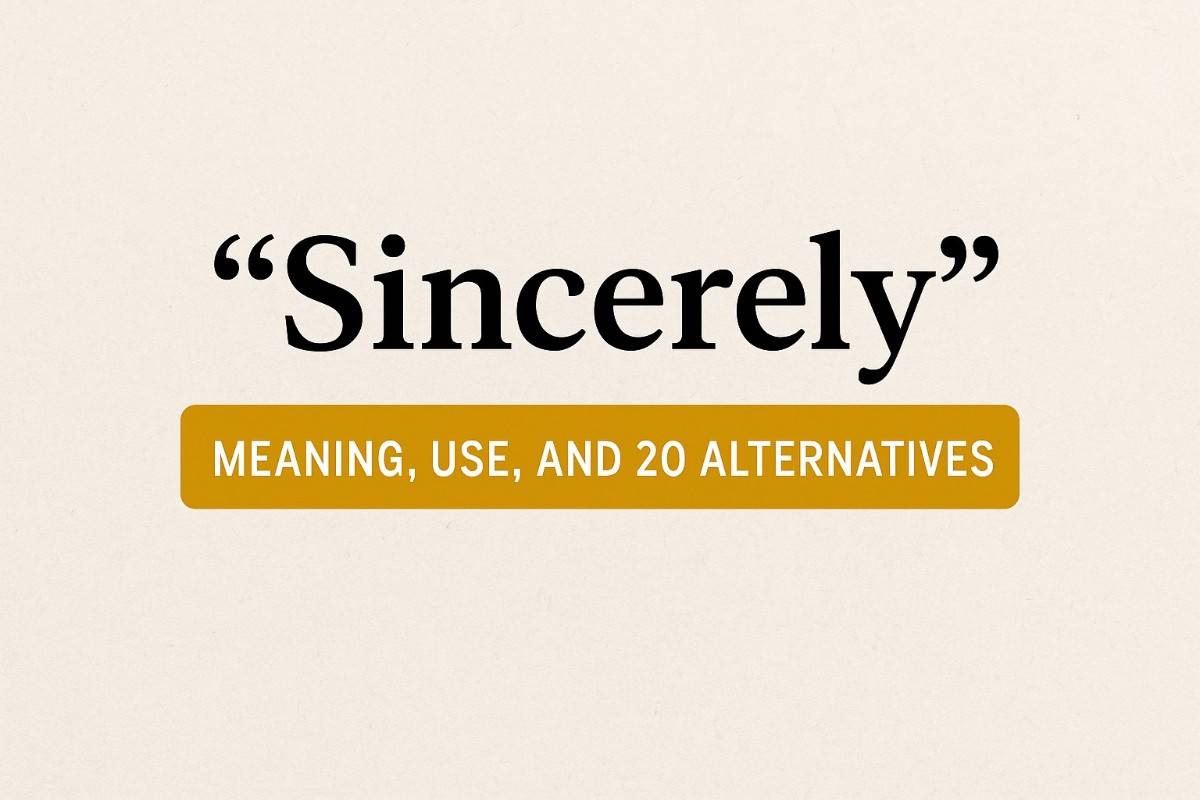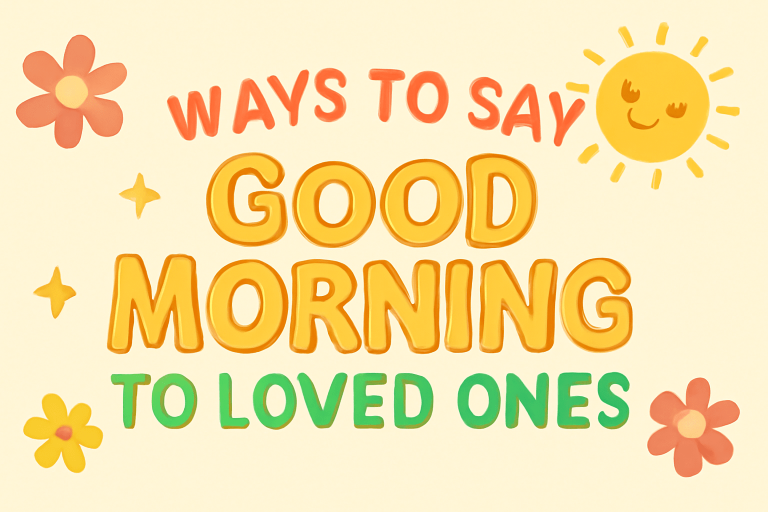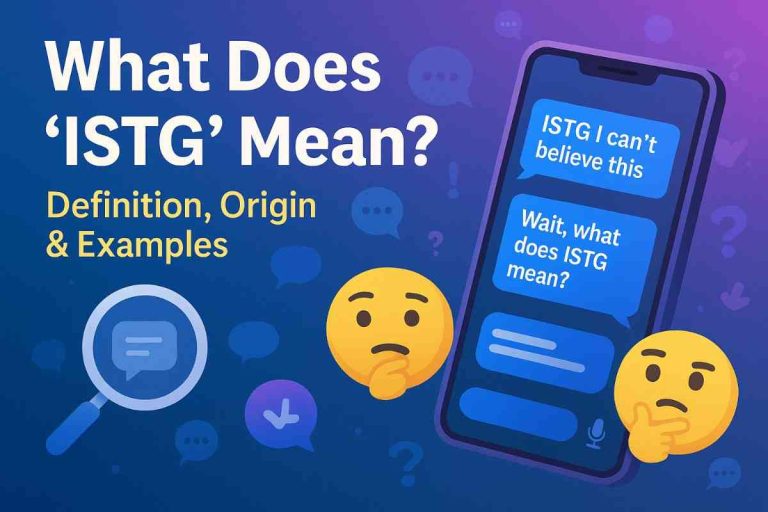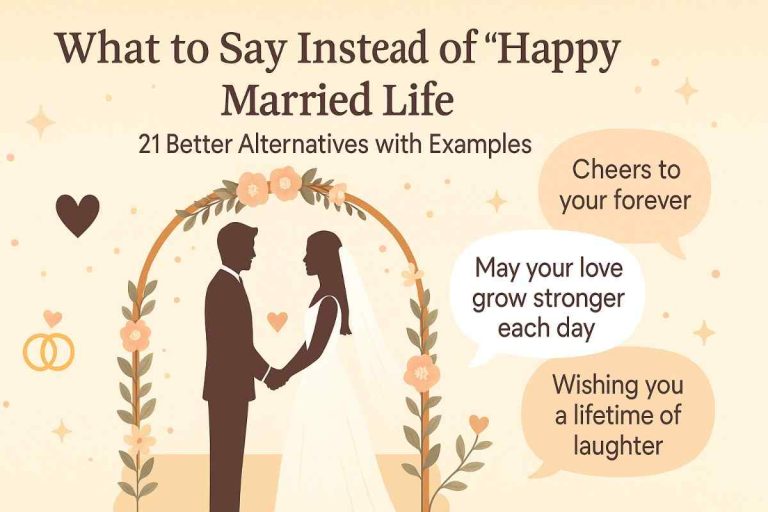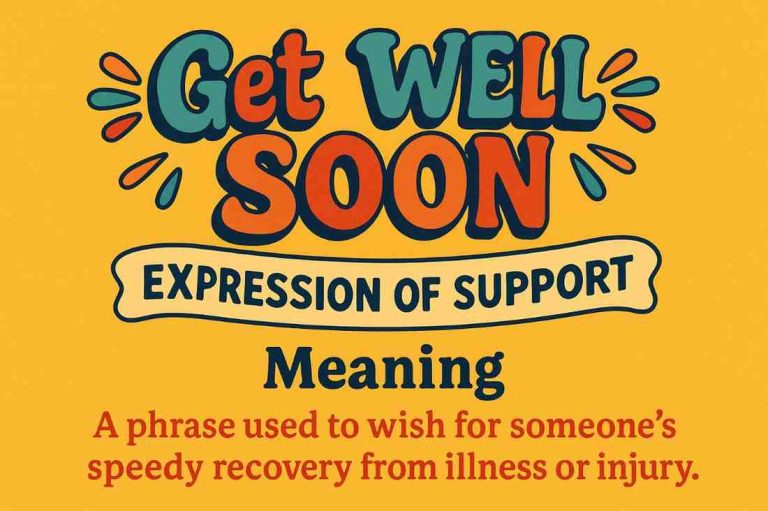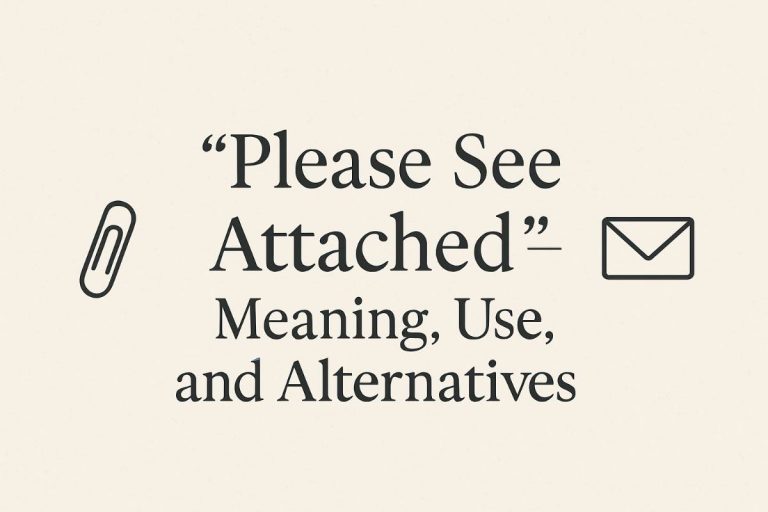“Sincerely” – Meaning, Use, and Alternatives
The word “Sincerely” is one of the most common ways to end a letter or email. It’s polite, professional, and easy to use. You’ll see it in business letters, cover letters, and formal correspondence.
But here’s the thing—because it’s so common, it can feel routine. If you want to make your closing more personal, friendly, or creative, you need alternatives.
This guide explains what “Sincerely” means, when to use it, and 20+ alternatives. You’ll also see how to respond when someone uses it with you.
What Does “Sincerely” Mean?
“Sincerely” means you are being genuine and truthful in your message. When used at the end of a letter, it’s a sign-off that shows respect and honesty.
It tells the reader: I mean what I wrote. In formal writing, it’s a safe, professional choice. It works well when you want to keep the tone polite but not overly casual.
When and Where to Use “Sincerely”
You can use “Sincerely” in many situations:
- Business letters – Formal communication with clients, employers, or partners.
- Job applications – At the end of cover letters.
- Customer service emails – To maintain professionalism.
- Formal thank-you notes – To express genuine gratitude.
- Official documents – Where a formal tone is required.
It’s best used when the relationship or situation calls for respect and formality. For casual notes to friends or close colleagues, it can feel too stiff.
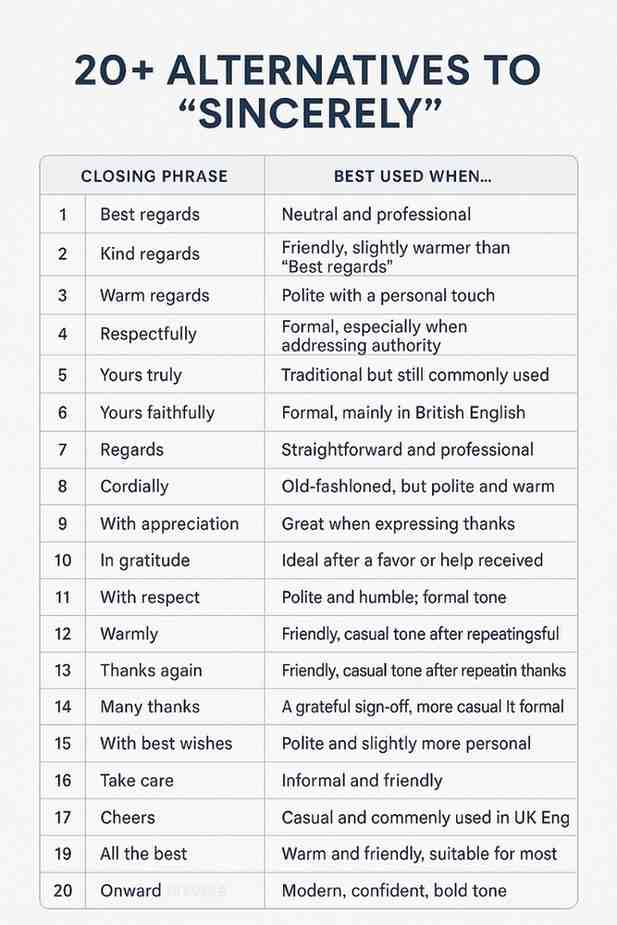
20+ Alternatives to “Sincerely”
Each alternative includes:
- Meaning – The main idea behind it.
- Explanation – When and why to use it.
- Scenario Example – A sample sentence.
- Tone – The feeling it gives.
1. “Best regards”
Meaning: Wishing the best to the recipient.
Explanation: A common, polite closing for professional emails.
Scenario Example: “Best regards, John Smith.”
Tone: Formal yet friendly.
2. “Kind regards”
Meaning: Warm wishes with a polite tone.
Explanation: Works in both formal and semi-formal messages.
Scenario Example: “Kind regards, Sarah Lee.”
Tone: Warm and professional.
3. “Yours truly”
Meaning: I am genuinely yours in this communication.
Explanation: Traditional sign-off for formal letters, especially in North America.
Scenario Example: “Yours truly, David Clark.”
Tone: Formal and respectful.
4. “Yours faithfully”
Meaning: Faithfully yours in the matter discussed.
Explanation: Common in UK formal letters when the recipient’s name is unknown.
Scenario Example: “Yours faithfully, Emma Brown.”
Tone: Very formal.
5. “Respectfully”
Meaning: With respect toward the reader.
Explanation: Used in formal or sensitive communications.
Scenario Example: “Respectfully, Michael Chen.”
Tone: Formal and deferential.
6. “Cordially”
Meaning: With warmth and politeness.
Explanation: Suitable for friendly but professional messages.
Scenario Example: “Cordially, Amanda Green.”
Tone: Warm and semi-formal.
7. “Best”
Meaning: A short wish for the best.
Explanation: Modern, casual version of “Best regards.”
Scenario Example: “Best, Tom Parker.”
Tone: Friendly and relaxed.
8. “All the best”
Meaning: Wishing complete well-being.
Explanation: Works well for colleagues or acquaintances.
Scenario Example: “All the best, Rebecca White.”
Tone: Warm and encouraging.
9. “With appreciation”
Meaning: Ending with thanks.
Explanation: Good for gratitude-filled messages.
Scenario Example: “With appreciation, Daniel Young.”
Tone: Appreciative and polite.
10. “Thanks”
Meaning: Expressing gratitude.
Explanation: Suitable for casual or semi-formal emails.
Scenario Example: “Thanks, Rachel Adams.”
Tone: Casual and friendly.
11. “Many thanks”
Meaning: Offering strong thanks.
Explanation: Often used in UK English for polite communication.
Scenario Example: “Many thanks, Peter Scott.”
Tone: Warm and polite.
12. “Warm regards”
Meaning: Sending polite warmth.
Explanation: Adds friendliness to a formal note.
Scenario Example: “Warm regards, Jennifer Ross.”
Tone: Friendly and professional.
13. “Cheers”
Meaning: Friendly goodbye.
Explanation: Common in casual or creative industries.
Scenario Example: “Cheers, Sam Taylor.”
Tone: Casual and upbeat.
14. “With gratitude”
Meaning: Closing with thanks.
Explanation: Ideal for appreciation-based messages.
Scenario Example: “With gratitude, Olivia King.”
Tone: Warm and thankful.
15. “Regards”
Meaning: Offering respectful closing wishes.
Explanation: Simpler form of “Best regards.”
Scenario Example: “Regards, Anthony Walker.”
Tone: Neutral and professional.
16. “Yours respectfully”
Meaning: With respect toward the recipient.
Explanation: Works for official letters and formal requests.
Scenario Example: “Yours respectfully, Natalie Harris.”
Tone: Formal and polite.
17. “Faithfully yours”
Meaning: Staying loyal to the relationship or context.
Explanation: Similar to “Yours faithfully” but slightly softer.
Scenario Example: “Faithfully yours, Robert Allen.”
Tone: Formal and respectful.
18. “Yours sincerely”
Meaning: Truly yours in communication.
Explanation: Common in UK formal letters when you know the recipient’s name.
Scenario Example: “Yours sincerely, Charlotte Moore.”
Tone: Very formal.
19. “In appreciation”
Meaning: Ending with acknowledgment.
Explanation: Good for thank-you letters or recognition notes.
Scenario Example: “In appreciation, Henry Lopez.”
Tone: Polite and warm.
20. “Truly yours”
Meaning: A heartfelt sign-off.
Explanation: Similar to “Yours truly” but slightly warmer.
Scenario Example: “Truly yours, Grace Baker.”
Tone: Formal yet warm.
21. “Yours in service”
Meaning: Committed to serving.
Explanation: Used in nonprofit or community-focused work.
Scenario Example: “Yours in service, Jonathan Price.”
Tone: Respectful and service-oriented.
22. “With best wishes”
Meaning: Sending good wishes along with the message.
Explanation: Works well for both personal and semi-formal notes.
Scenario Example: “With best wishes, Laura Collins.”
Tone: Warm and polite.
Also Read – “I Look Forward To” – Meaning, Use, and Alternatives
How to Respond When Someone Says “Sincerely”
When someone ends their letter or email with “Sincerely,” you don’t need to respond to the closing word itself. Instead, reply to the content of their message.
However, if you want to mirror their tone, you can use a similar sign-off:
- “Sincerely”
- “Best regards”
- “Kind regards”
- “Warm regards”
If you want to keep it casual in your reply, you can use:
- “Thanks”
- “Best”
- “All the best”
The important thing is to match their level of formality so the tone stays consistent.
Conclusion
“Sincerely” is one of the safest and most professional ways to end a letter or email. It works in many formal situations, but variety in your sign-offs can make your communication stand out.
The 20+ alternatives above give you a wide range—from very formal to casual and warm. By choosing the right closing for the situation, you can match your tone to your audience while still keeping it polite.
No matter which you choose, remember: your closing line is the last impression you leave. Make it match the relationship and the message.

